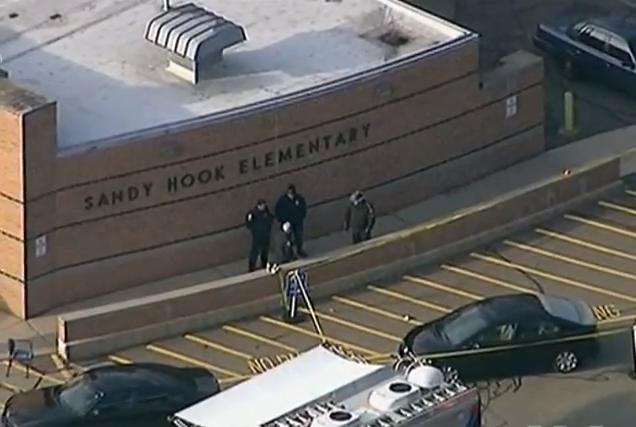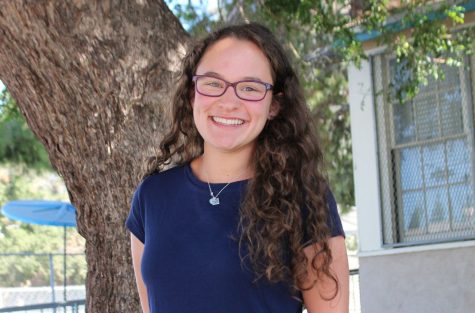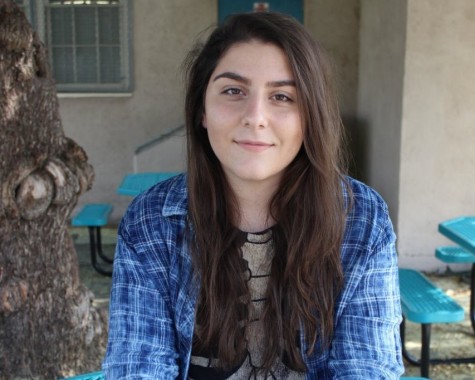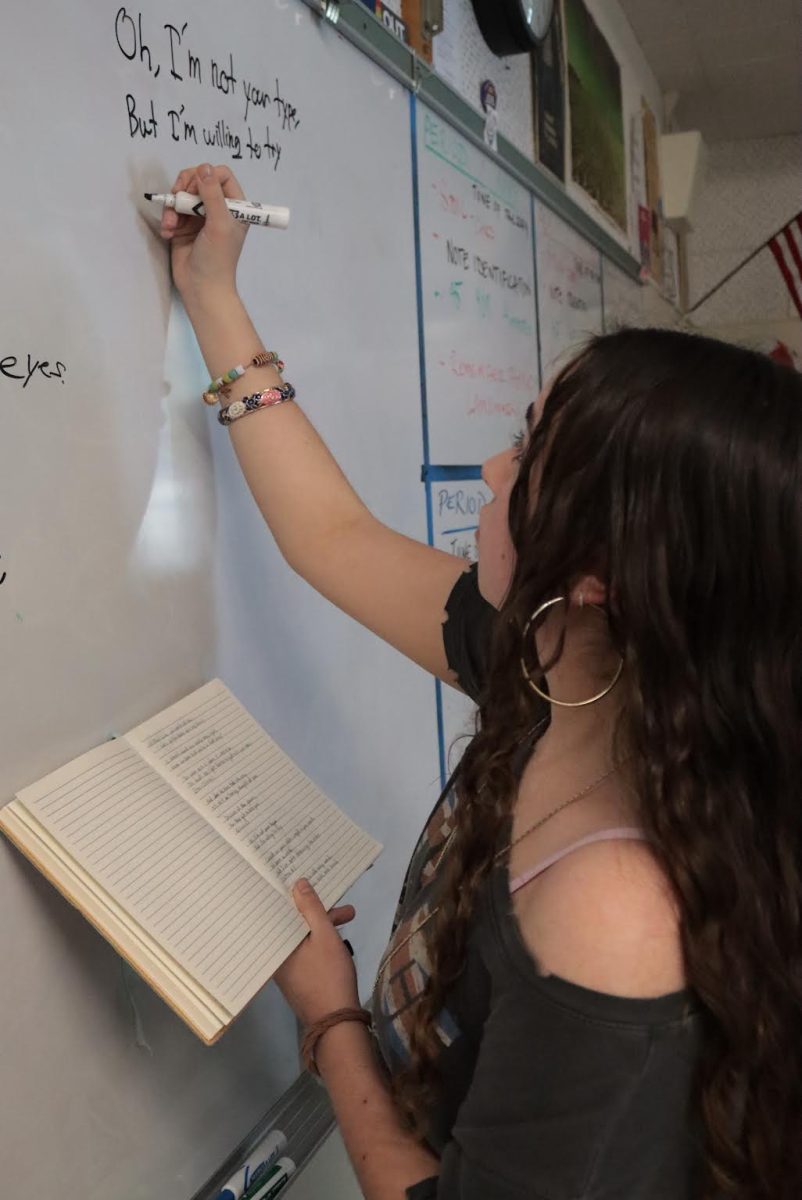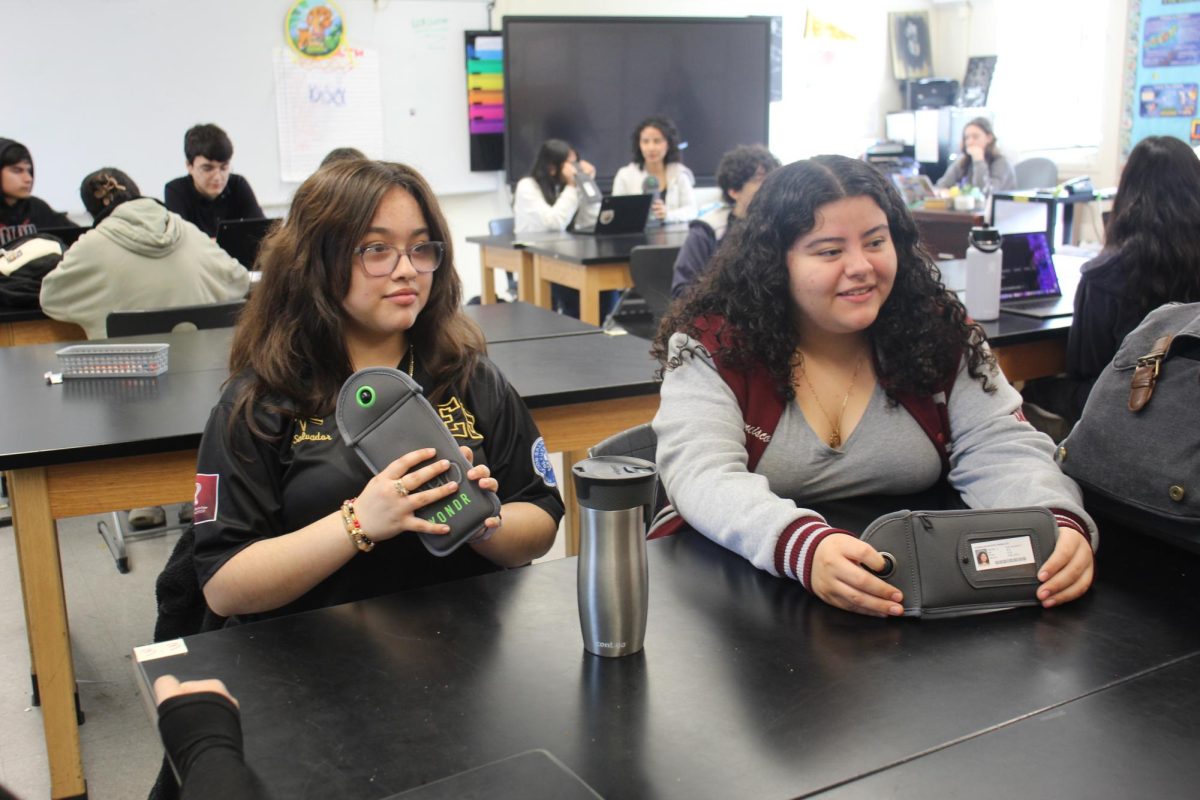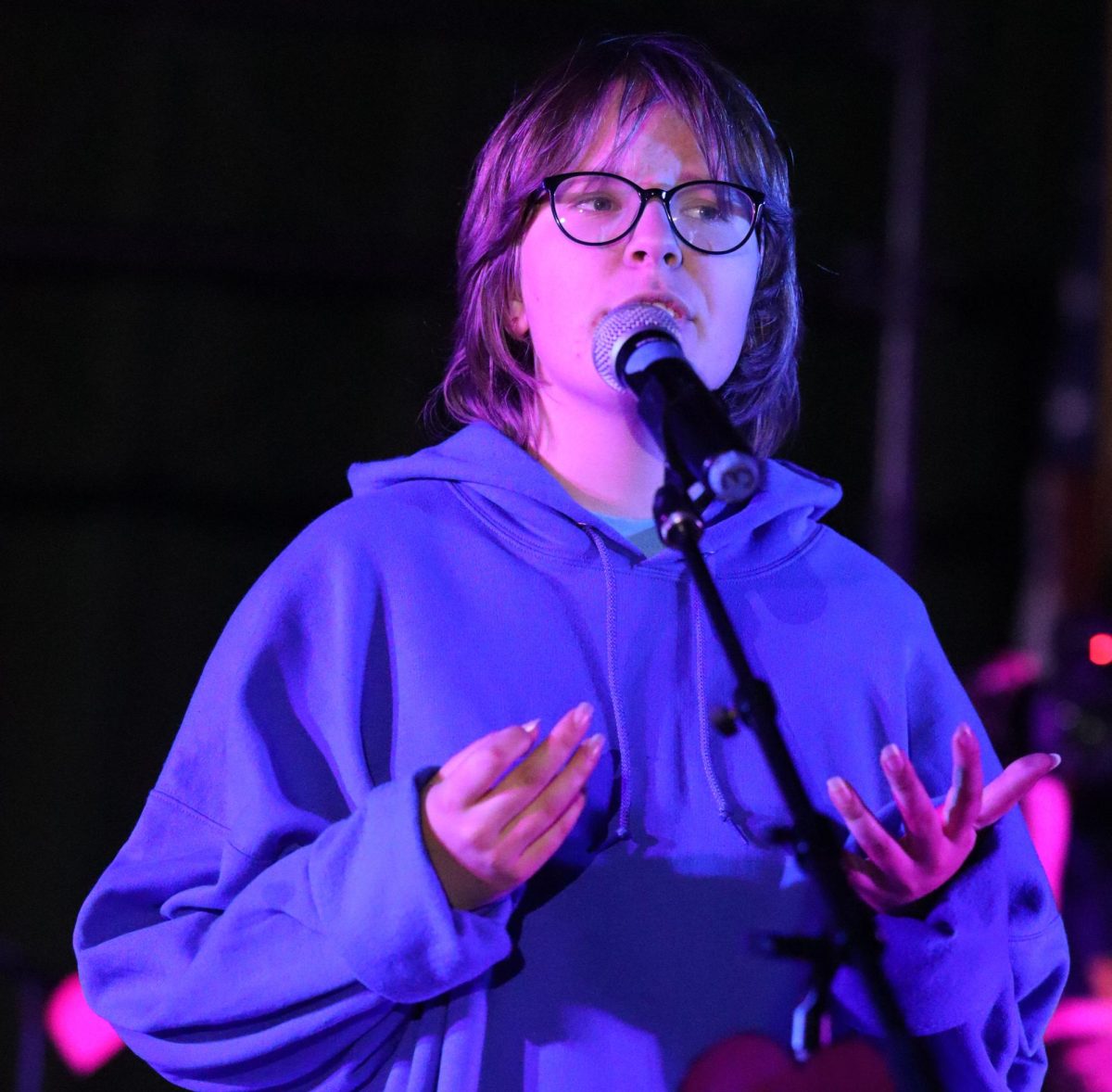Gun violence shatters lives in campus shootings
Photo from CreativeCommons.org
Officers stand in front of Sandy Hook Elementary in Connecticut, the site where a mass shooting of elementary school children occurred in 2012. Many people view this school shooting as one of the most gruesome shootings in United States history and one where gun control and other precautions should have prevented.
October 23, 2015
Most people see a school as a place where they could learn in a safe environment, but recent school shootings are weakening that perception.
They have become a common occurrence, considering there have been two within a week from each other. There have been five so far in October, including the latest at a community college in Oregon where nine people were killed by a student, and 52 campus shootings since January of this year.
According to a USA Today PowerPoint called “Behind the Bloodshed,” the FBI counted 172 cases of mass killings between 2006 and 2011, yet the FBI has only 57 percent accuracy because of erroneous and excluded cases.
Through the common occurrences of mass shooting, it has been figured out that it is not an impulsive crime. It is a predatory crime which is planned and then executed. This is where threat assessments are found to be useful. Threat assessments begin by identifying someone who poses a risk or threatens others. There are issues that come with threat assessment teams because studies show that the quieter and less social people also happen to be the most dangerous.
By detecting prior signs of violent thoughts and behavior, opportunities are created to help those who are in need of mental support. According to a Mother Jones article, thoughts about harming people begin with a sense of grief which leads to the planning of an attack. Though they may not always be detected, mass shooters give signs of their intentions in advance to the event. Research has shown that there is little connection between mental disorders and mental behavior.
Once this kind of behavior is identified, it leads to the close evaluating of them through family, friends and research. Once that is done, the intervening and working with them begins.
Many of the mass shooters happen to be young white men with some type of mental health issues.
Sandy Hook Elementary School, located in Newtown, Connecticut, was the site where gunman Adam Lanza shot and killed 20 first-grade students in December 2012.
After this shooting, the Los Angeles Unified School District put into effect daily random searches of students and lockers to search for any weapons and other illegal items.
“Right now, I can imagine the press releases being cranked out: We need more guns, they’ll argue and fewer gun safety laws,” said President Barack Obama in a statement he delivered after the Oct. 2 shooting at Umpqua Community College in Oregon where the 26-year-old gunman killed himself after killing nine and injuring seven other people.
However, in other parts of the world, like Australia and England, guns pose a lesser threat than they do here because their gun laws are stricter.
In 1996, a man named Martin Bryant opened fire in an Australian cafe. Bryant ended up killing 35 people and wounding 23. This was the worst shooting Australia had seen and they didn’t wait to take action to prohibit gun control.
Both in Australia and in England, the government offered a “buyback” for the guns people bought. If they turned in their guns, the governments would buy back the guns. A few states have supported buybacks as well, such as California and Maryland.
On Oct. 11, California Gov. Jerry Brown signed a bill banning concealed weapons from schools and universities.
According to the Gun Policy organization website, England had 247 deaths from firearms and 146 deaths in 2011. In Australia, there were 516 deaths in 1996 and 226 in 2012, increasing by 39 from 2011.
With no gun restrictions in the United States, in 1999 there were 28,874 deaths by firearms and in 2013, there were 33,636 deaths.
“I don’t feel unsafe on campuses,” Senior Maritza Hernandez said. “If you think about it, anyone could be a danger. People have to stay aware of their surroundings and hope for the best.”


